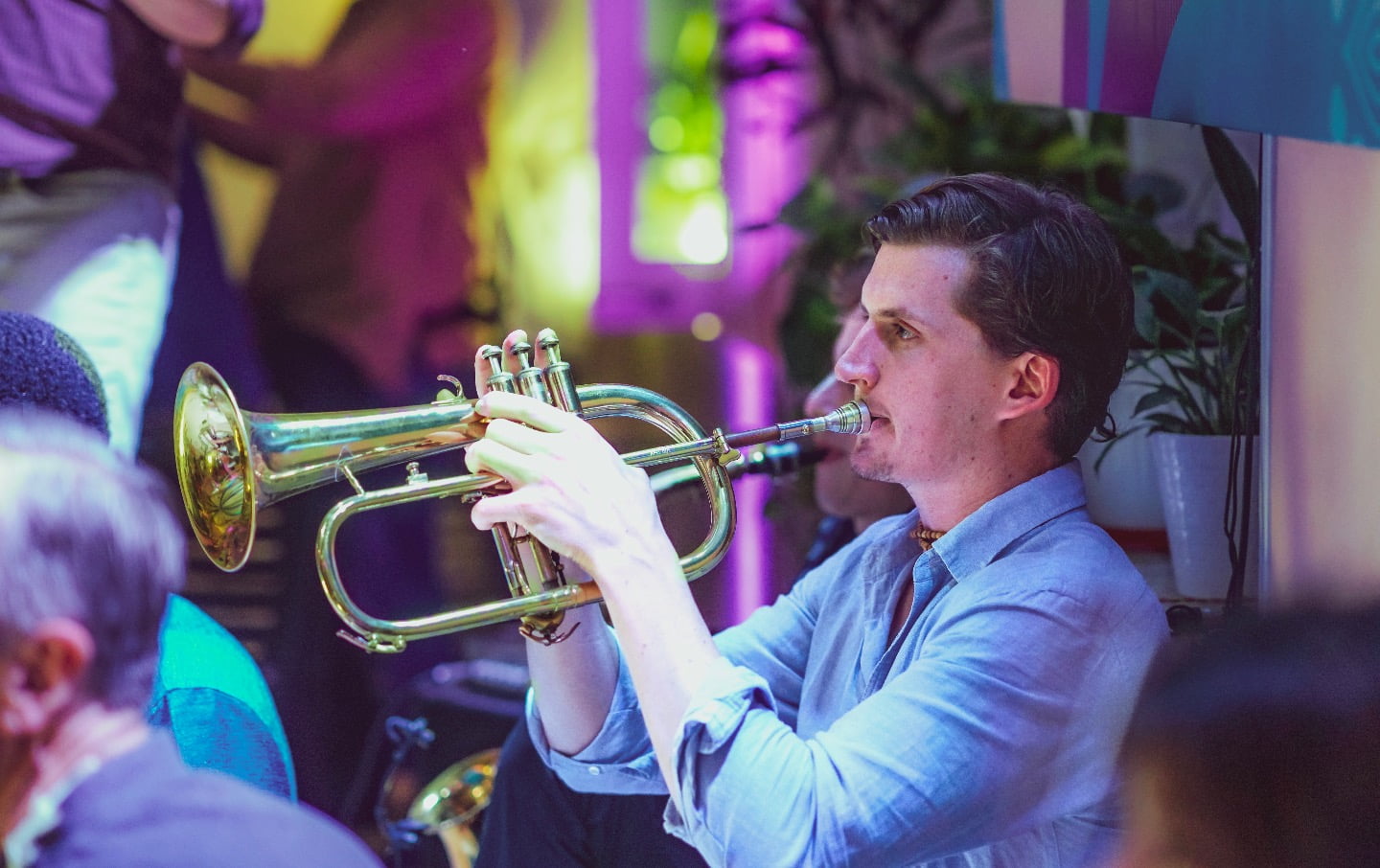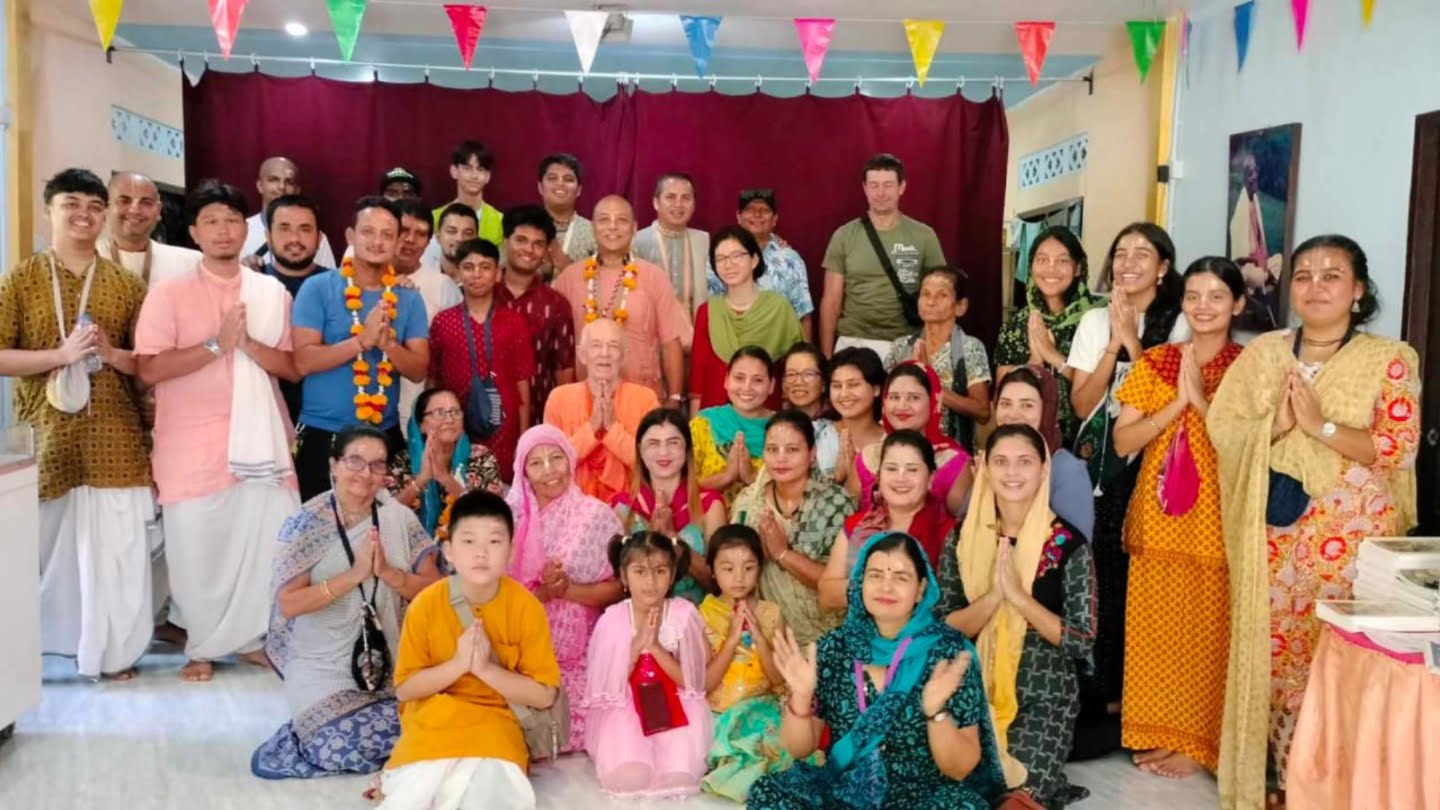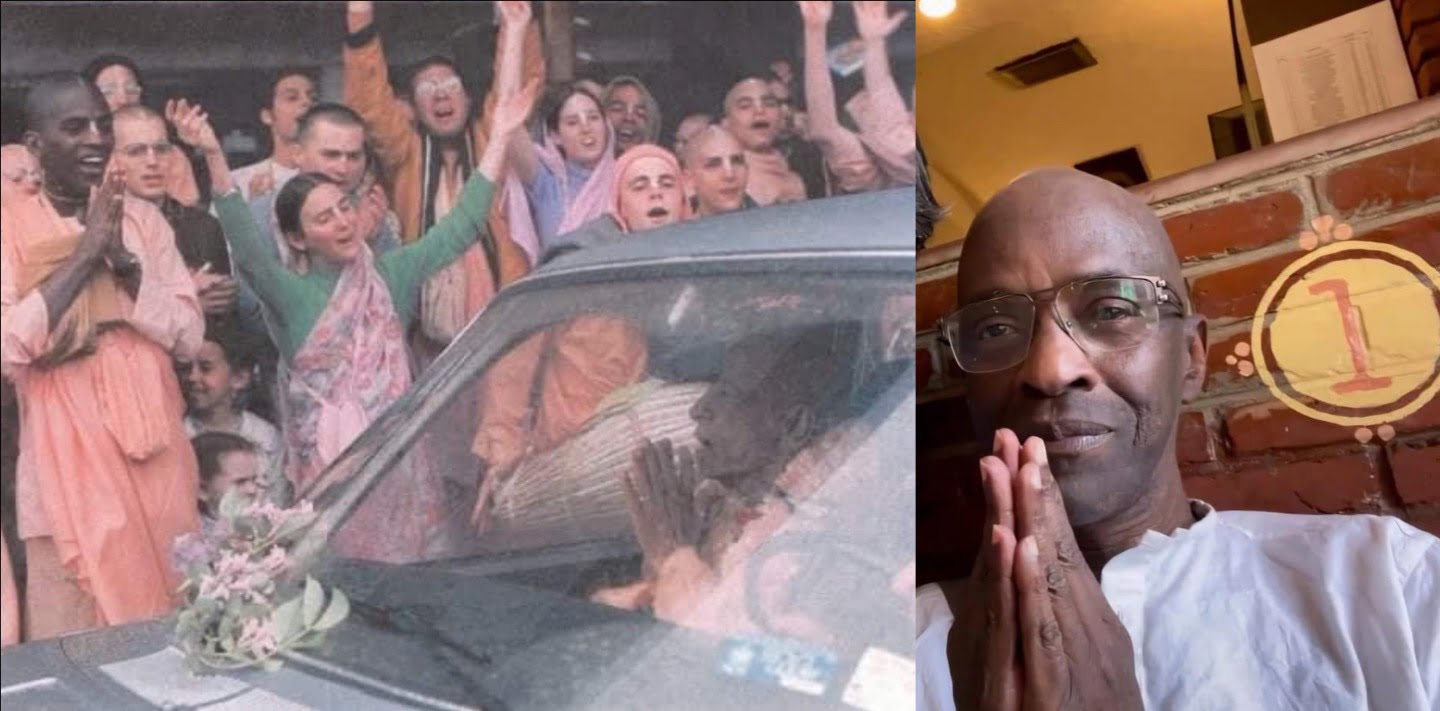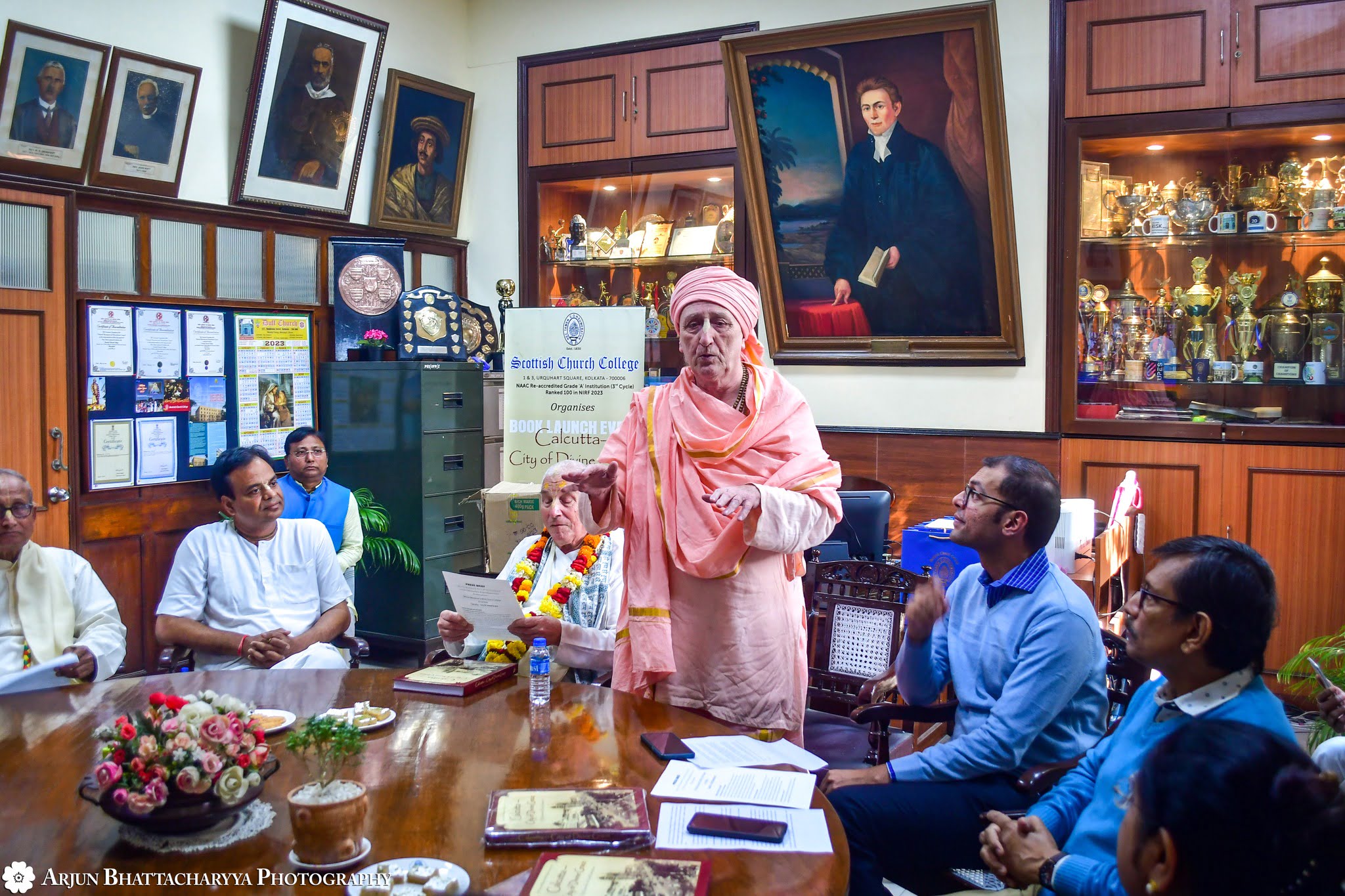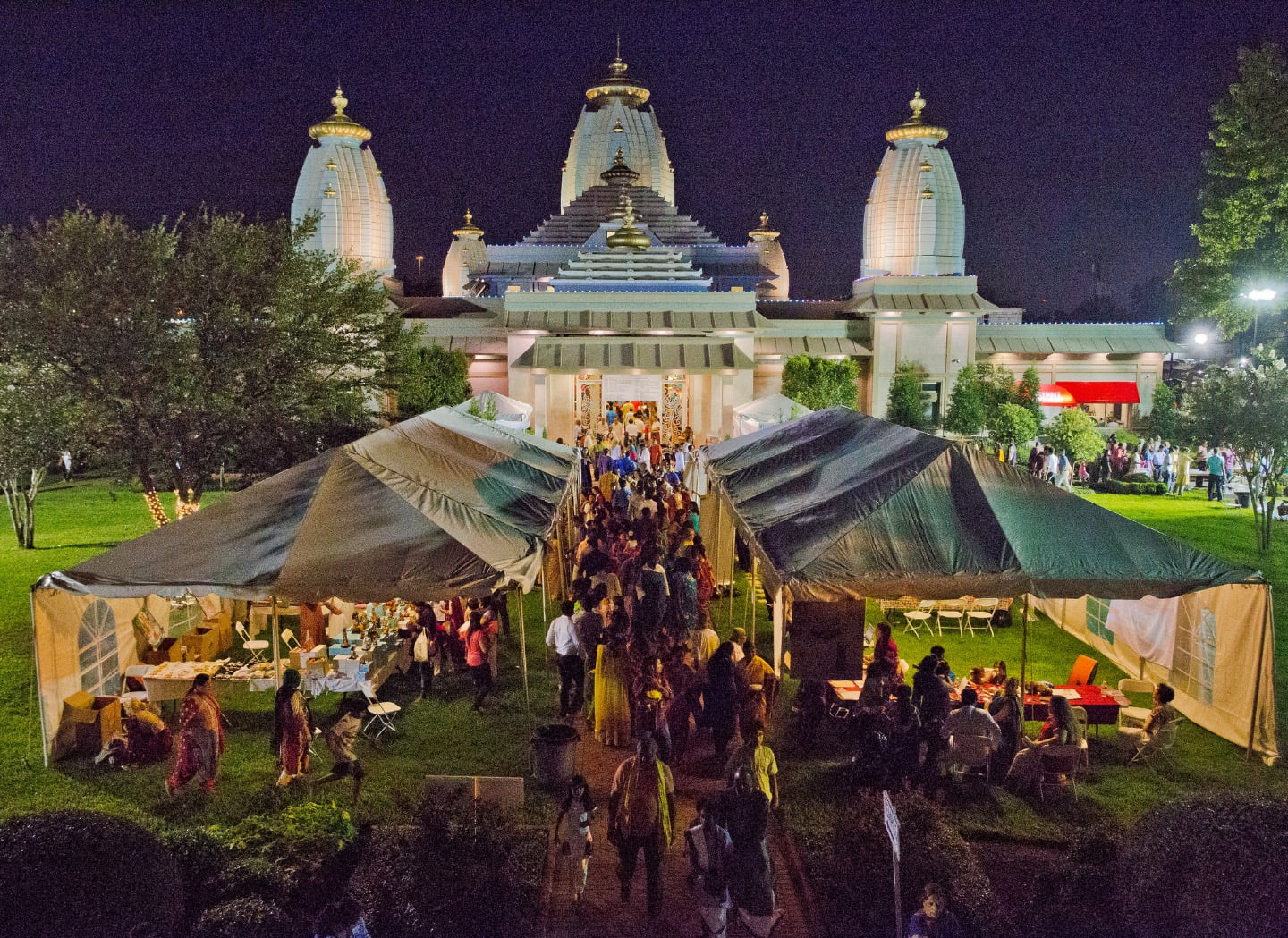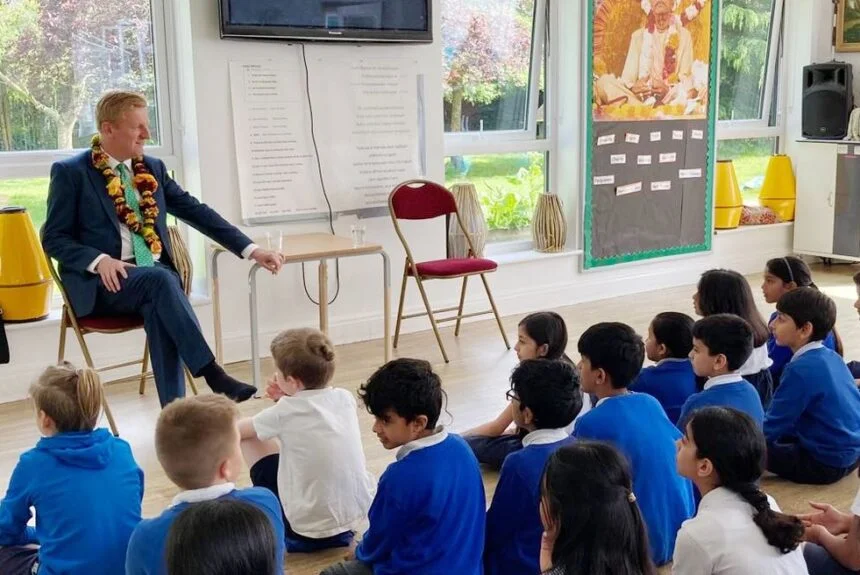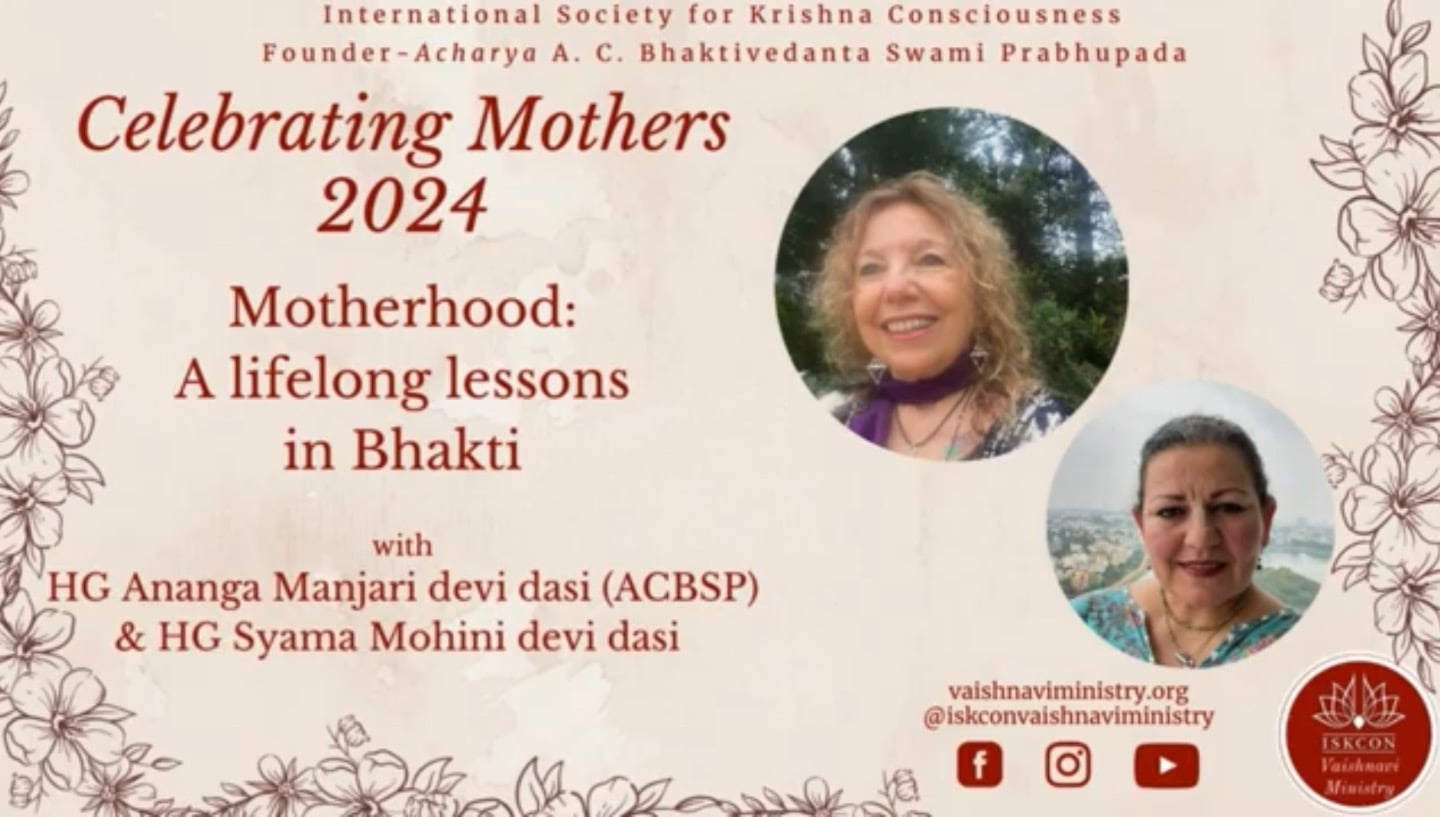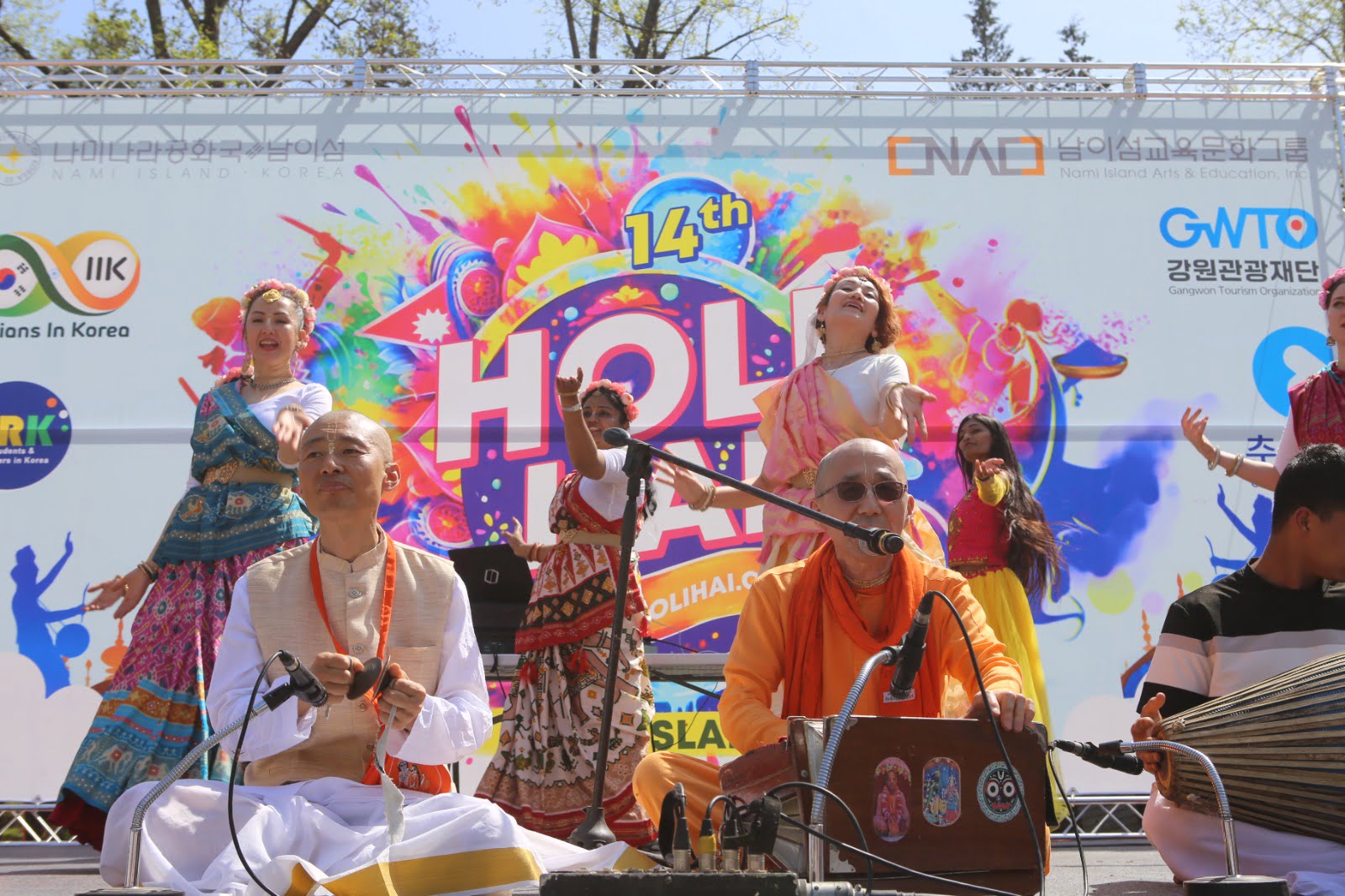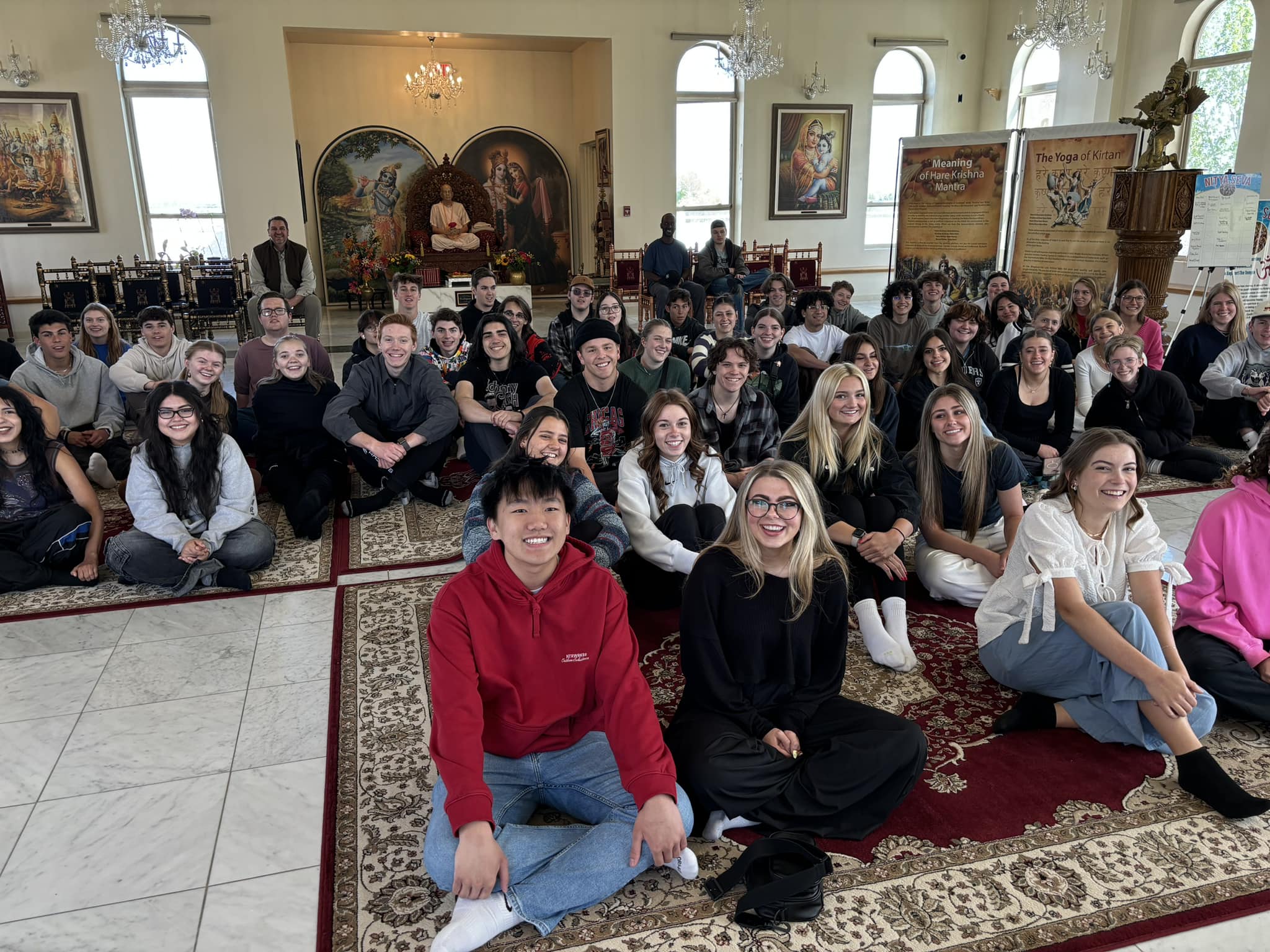Chant Hare Krishna, Be Happy
By Sarah Pulliam | Jul 19, 2008

MOUNDSVILLE, W.Va. — Sujoy Bhowmik lives in two worlds.
On most days, he is a pharmacist at a CVS in Columbus. Other days, he is Narottama Das, a devotee of Hare Krishna, who finds peace in West Virginia at the Palace of Gold.
Once a religion whose members gave their life to the movement, the Hare Krishnas today welcome the most devoted people and the casual follower. In the 1970s, many of the members lived in communes. Now many, like Bhowmik, have careers and live outside the movement but are still devoted to their religion.
The West Virginia temple, called New Vrindaban, is a place to focus on Krishna and leave the outside world behind.
“We’re all trying to become more conscious — conscious of Krishna,” said Bhowmik, 32. ” ‘Always remember Krishna and never forget him’ is what we’re all working toward.”
Devotees are initiated and study under a guru. Other people are followers of the religion but do not take vows or go through initiation.
Like many of the devotees, Bhowmik grew up in a Hindu family but was later introduced to the Hare Krishna movement, which is a branch of Hinduism more formally known as the International Society for Krishna Consciousness. While in college, Bhowmik visited a Hare Krishna temple in Dallas and was fascinated by the chanting. He made up his mind to live a more serious lifestyle as a devotee.
In June, during one of New Vrindaban’s many festivals, Bhowmik and other devotees gathered in a temple down the road from the Palace of Gold and took turns chanting, clapping and dancing for 24 hours. Families trickled in, kicking off their Crocs, flip-flops and tennis shoes before entering the service.
The devotees quickly knelt to bow their heads to the floor in front of large, golden altars that hold deities. They sat cross-legged on the wooden floor, swaying, singing and clapping their hands to Hare Krishna.
Bhowmik clung to a japa mala, a string of 108 beads used in chanting through the Hare Krishna mantra: Hare Krishna Hare Krishna Krishna Krishna Hare Hare Hare Rama Hare Rama Rama Rama Hare Hare. When he was initiated into the movement, Bhowmik vowed to chant the rounds 16 times every day, which usually takes about two hours.
He is one of 200 Hare Krishna devotees in Columbus, up from 75 two years ago.
The group has a small but public presence in the city. Each month, devotees chant in the streets during the city’s Gallery Hop, and at last month’s ComFest, they passed out 1,000 cookies. Although they are trying to recruit members, Nityo Dasa, co-founder of the West Virginia temple, said the group in Columbus has become much more focused on its current devotees.
The Columbus group gathers for services on Thursday and Sunday, mostly to welcome people new to the religion. Unlike the men in West Virginia, most of the male devotees in Columbus do not shave their heads, and many of them wear polo shirts and khakis instead of traditional Indian clothing. Most of the women, on the other hand, wear traditional Indian saris in the services.
The Columbus temple is a small, brick house with peach trim at 379 W. 8th Ave. The only thing that sets it apart is the Ohio Historical Society landmark in front of the house, dating the temple’s beginning to 1968.
Two devotees live in the house, where people go to perform rituals every day.
In one room, the temple houses the deities, doll-like statues dressed in ornate clothing that devotees believe are a manifestation of Hare Krishna. The devotees “wake” the deities at 4:30 a.m. by chanting and putting a plate of breakfast in front of them. They then put them to sleep at 9 p.m. by chanting again and putting cookies and milk in front of them.
Joshua Bruner, 24, is a new convert who lives in the temple. Unlike most of the devotees, Bruner is not of Indian descent, had little exposure to Hinduism and was an agnostic before he met a traveling monk three years ago at Columbus College of Art and Design.
The monk showed him a verse in the Bhagavad Gita that says, “One who knows me as the ultimate purpose of all sacrifices … and the benefactor and well wisher of all living entities, he attains peace from material miseries.”
The phrase “all living entities” stood out to Bruner, and he found that following Hare Krishna allowed him to help others.
“It puts me in touch with someone who is able to help every living entity,” Bruner said. “Now, I am able to request the Lord to please help them.”
Bruner was initiated about a year ago, when he committed himself to studying under a guru, a spiritual master, who gave him a Sanskrit name, Jagannatha Dasa. The blue-eyed devotee shaved his head except for a tuft of blond hair, and he dresses in traditional Indian style.
Some Krishna followers believe that long hair is prideful, and the tuft of hair allows Hare Krishna to pull them from a crowd.
Bruner also took four vows: He does not eat meat, including fish and eggs. He does not ingest intoxicants, such as caffeine, alcohol or nicotine. He does not gamble. He does not engage in sexual activity except to procreate within marriage.
Bruner said the regulative principles help the devotees focus on God more than please bodily senses.
“I was actively engaging in all of the activities described by the regulative principles,” Bruner said. “My thoughts, my words,and my activities changed dramatically.”
Before being initiated as a devotee, everyone must take these vows.
Bruner explains what it means to be a devotee of Hare Krishna by using a jingle: Don’t sin, you can’t win, love God, not the bod, chant Hare Krishna — that’s Krishna consciousness.
Devotees believe that humans and animals are living souls that will never be destroyed. The ultimate purpose of living souls is to love God, which devotees do through chanting and acts of service.
In the end, the devotees follow two main ideas: Chant Hare Krishna, and be happy. Everything will fall into place after that.





